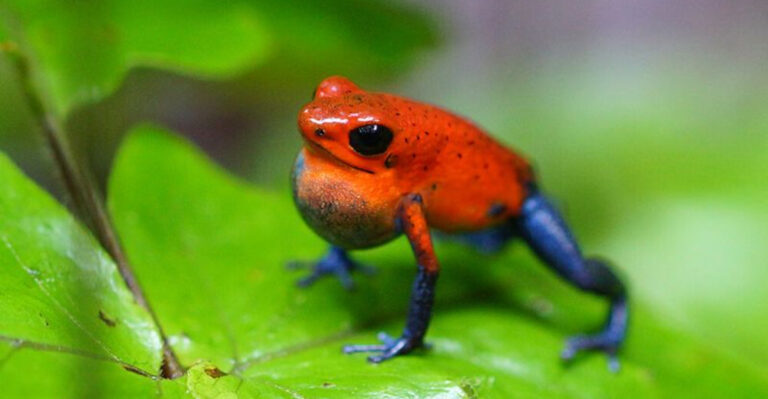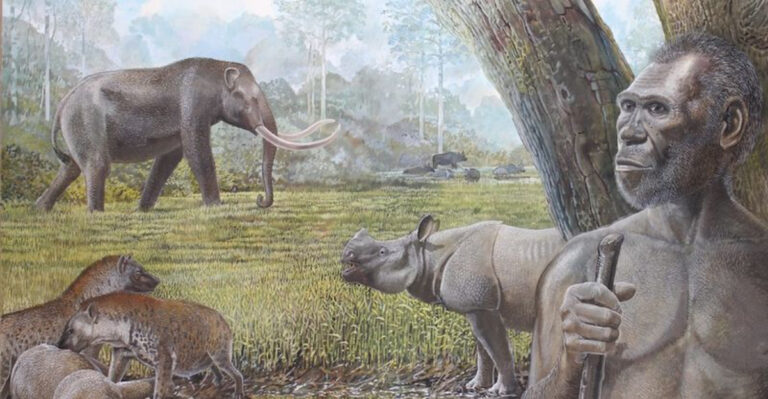Top 10 Largest Insects In The World
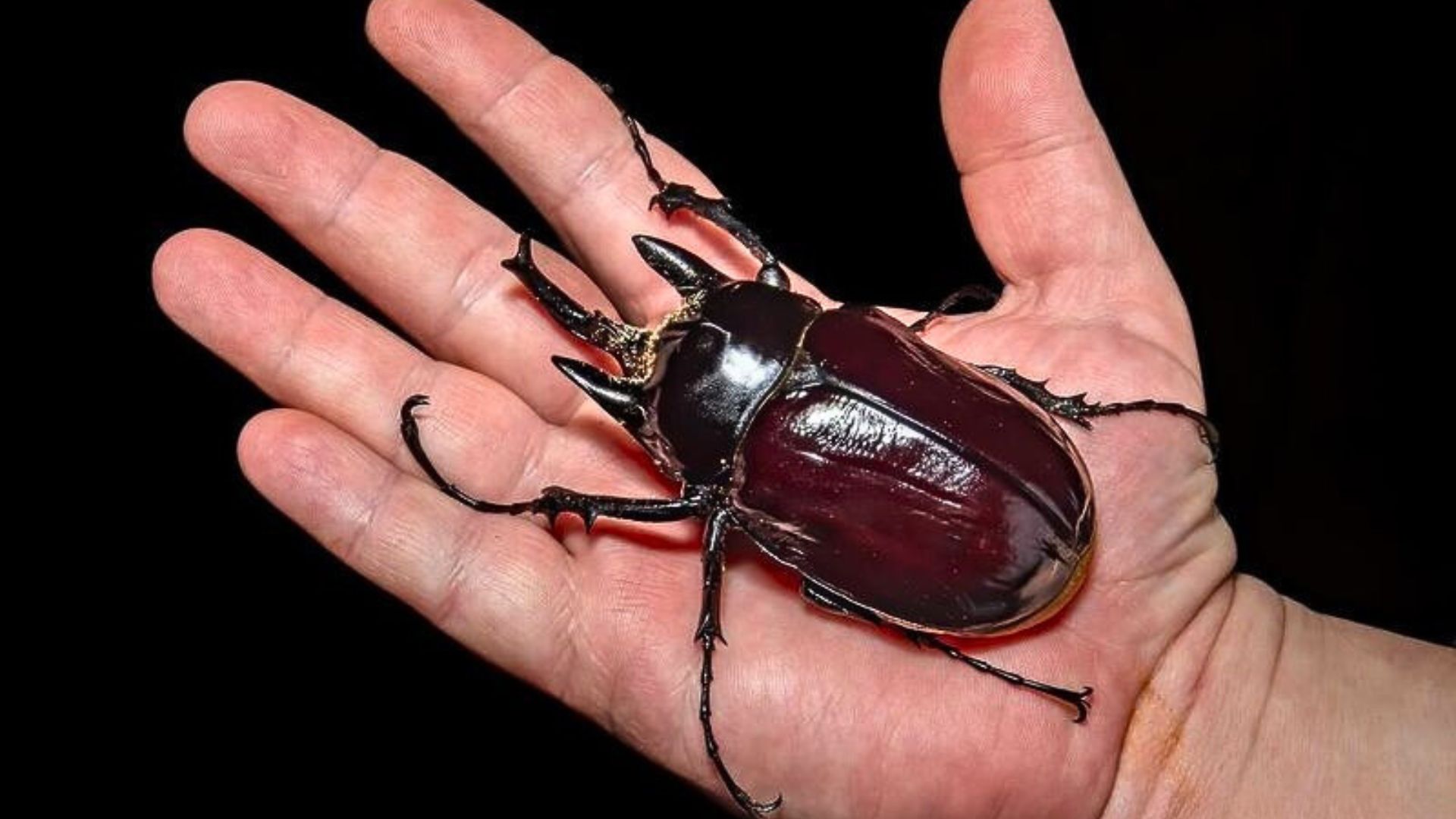
The world of insects is both fascinating and diverse, encompassing millions of species. Among them, some insects stand out due to their sheer size and weight.
In this post, we’ll explore the top 10 largest insects on the planet, each with its own unique features and habitat. Prepare to be amazed by the colossal creatures that roam our world.
1. Giant Weta
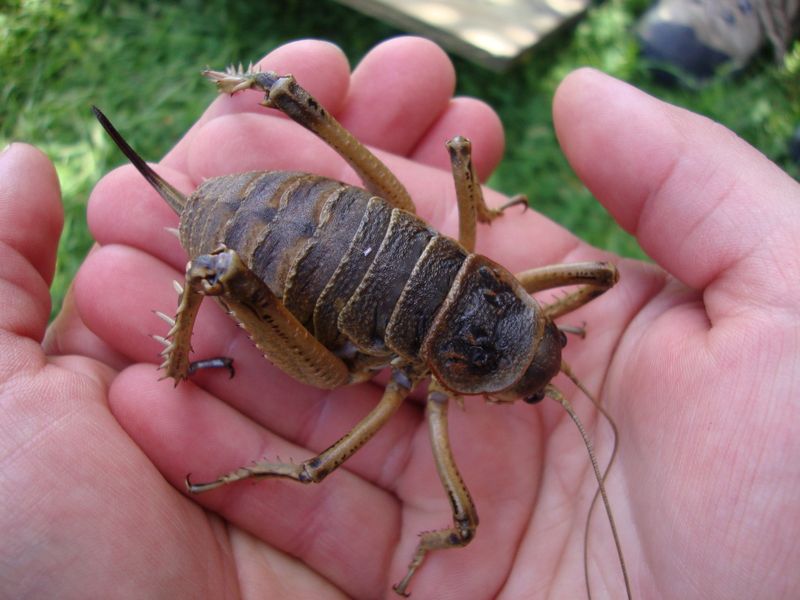
Giant Weta, native to New Zealand, is an extraordinary insect known for its massive size. It belongs to the cricket family and can weigh up to 70 grams, making it one of the heaviest insects on Earth.
This flightless creature thrives in the lush forests of New Zealand, where it primarily feeds on leaves and fruits. Its body is covered with spiny armor, giving it a distinct and somewhat intimidating appearance.
Despite its daunting size, the giant weta is a gentle giant, rarely exhibiting aggression.
Due to habitat loss and introduced predators, some species of giant weta are endangered. Conservation efforts are in place to protect these incredible insects and their natural environment.
Visitors to New Zealand’s wildlife reserves may have the chance to see these fascinating creatures up close, offering a unique glimpse into the island’s natural history.
2. Goliath Beetle
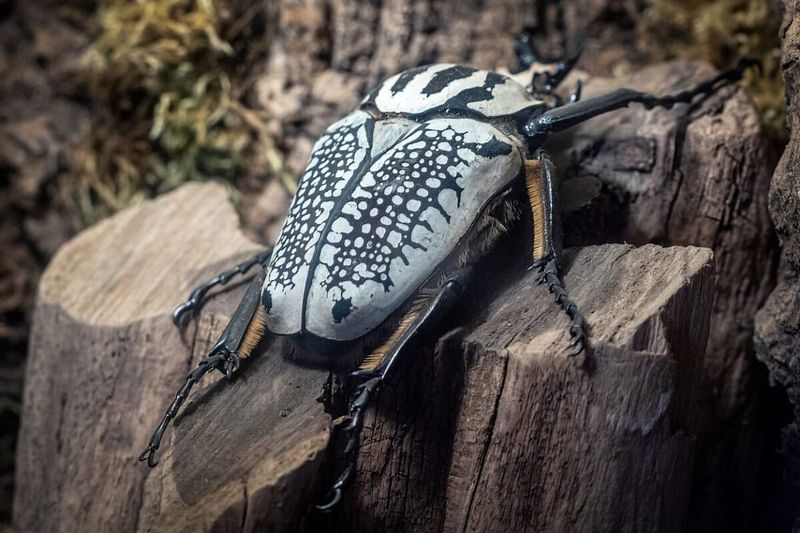
The Goliath Beetle, a true titan of the insect world, can be found in the tropical rainforests of Africa. These beetles are known for their impressive size and striking patterns, with some specimens reaching up to 11 centimeters in length.
With a robust exoskeleton, Goliath Beetles are remarkably strong and can carry items several times their own weight.
Males often display horn-like structures on their heads, used in battles for mating rights. These beetles are not just giants in size but also in appetite, feeding voraciously on tree sap and fruits.
Despite their large size, Goliath Beetles are quite adept at flying, with wings tucked under their hard shells. Their lifecycle, from egg to adult, fascinates entomologists and nature enthusiasts alike.
Observing a Goliath Beetle in its natural habitat is a truly remarkable experience, showcasing the wonder and diversity of insect life.
3. Titanus Giganteus
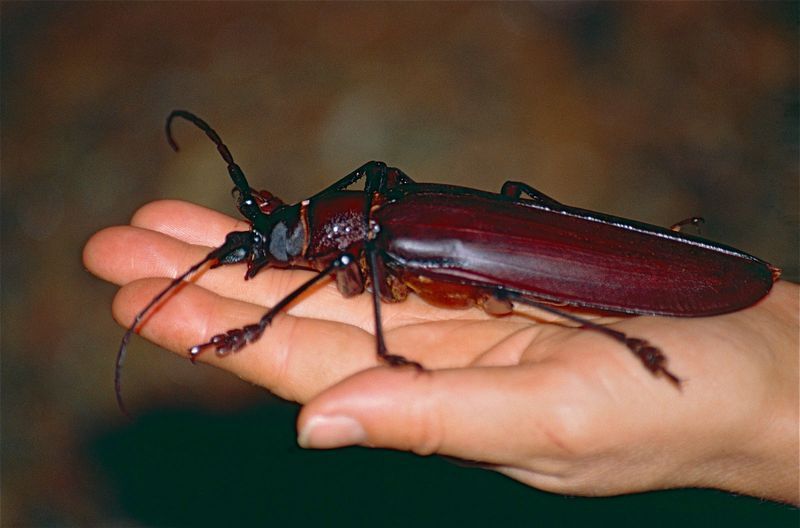
Titanus giganteus, residing in the Amazon rainforest, holds the title of the largest beetle in the world. These beetles can grow up to 17 centimeters in length, with their mandibles strong enough to snap a pencil in half
This nocturnal giant emerges at night to feed and is rarely seen during the day. Its impressive size and secretive nature make encounters with Titanus giganteus a rare and exciting event for those exploring the Amazon.
Despite their formidable appearance, these beetles are not aggressive towards humans. They play a crucial role in the ecosystem, contributing to the decomposition process by feeding on dead wood.
Protecting their habitat is essential, as deforestation poses a significant threat to their survival.
4. Atlas Moth
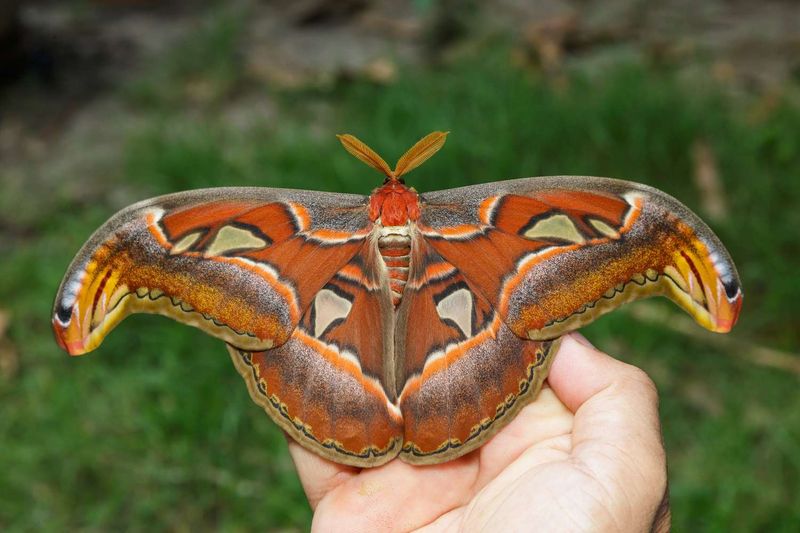
Atlas Moths, native to the forests of Southeast Asia, are among the largest insects due to their impressive wingspan. These moths can have wings that stretch up to 30 centimeters across, making them a spectacular sight.
Their unique wing patterns resemble the heads of snakes, serving as a defense mechanism against predators. Though their adult lives are short, lasting only a few weeks, they play a vital role in pollination.
During their larval stage, Atlas Moths are voracious eaters, consuming large quantities of leaves.
Observing an Atlas Moth in its natural habitat offers a glimpse into the beauty and complexity of moth life. Their presence in the ecosystem highlights the importance of forest conservation.
5. Giant Water Bug
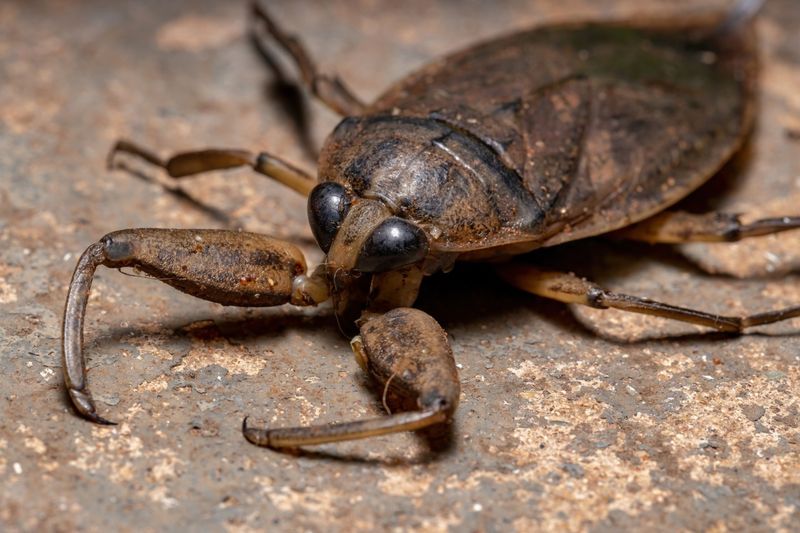
Giant Water Bugs, often called “toe-biters,” are formidable aquatic insects found in freshwater habitats worldwide. These bugs can reach lengths of up to 12 centimeters, making them the giants of the water bug family.
They possess strong legs for swimming and powerful forelimbs designed to catch prey. Known for their fierce hunting skills, Giant Water Bugs feed on fish, amphibians, and even small reptiles.
Despite their intimidating name and appearance, these insects play a vital role in controlling the populations of other aquatic creatures.
Their presence indicates a healthy ecosystem, and they’re often studied by scientists for their unique reproductive behaviors, where males take on the role of caring for the eggs.
6. Giant Stick Insect
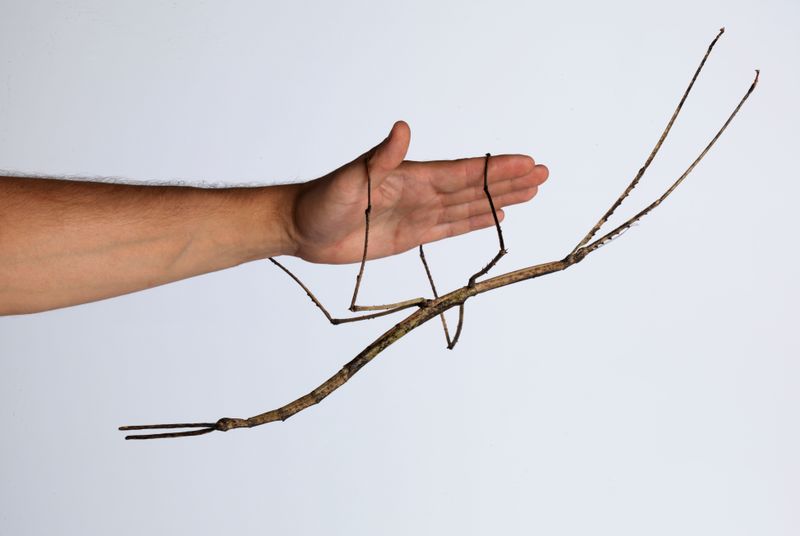
Giant Stick Insects, native to Australia, are masters of disguise. These insects can grow over 30 centimeters long, blending seamlessly with their surroundings due to their twig-like appearance.
During the day, they remain motionless, resembling part of the vegetation to avoid predators. At night, they become active, feeding on leaves as they move stealthily through the forest.
Despite their fragile appearance, Giant Stick Insects are resilient creatures, capable of regenerating lost limbs.
Their unique camouflage abilities and intriguing behaviors make them a subject of fascination for entomologists and nature enthusiasts alike.
7. Giant Burrowing Cockroach
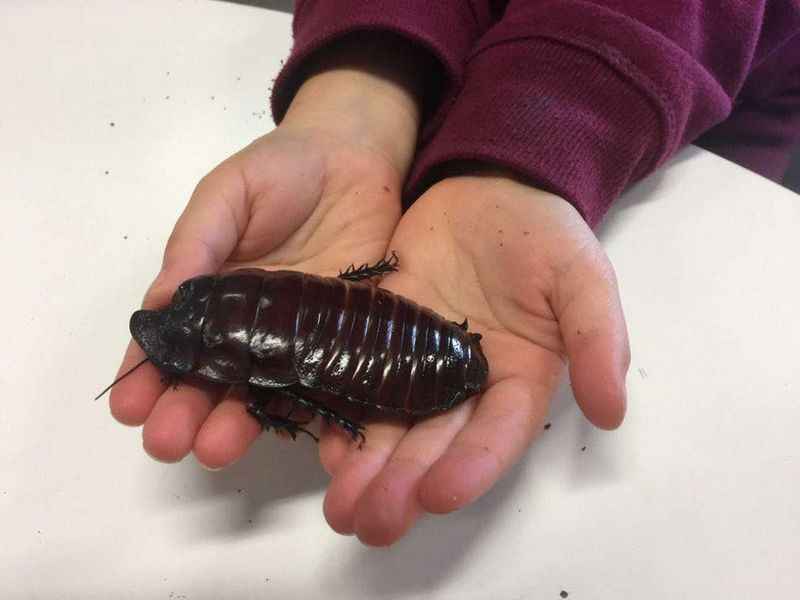
The Giant Burrowing Cockroach, also known as the rhinoceros cockroach, is a hefty insect found in the sandy soils of Australia. Unlike their other cockroach relatives, these insects are not pests but important decomposers.
They can grow up to 8 centimeters long and weigh as much as 30 grams. Their burrowing habits help aerate the soil, contributing positively to the ecosystem.
During the day, they remain hidden underground, emerging at night to feed on fallen leaves and plant material. These cockroaches can live for several years, raising their young in burrows.
Despite their intimidating size, they are harmless to humans. Observing a Giant Burrowing Cockroach is a reminder of the diversity and adaptability of insect life in harsh environments.
8. Megasoma Actaeon
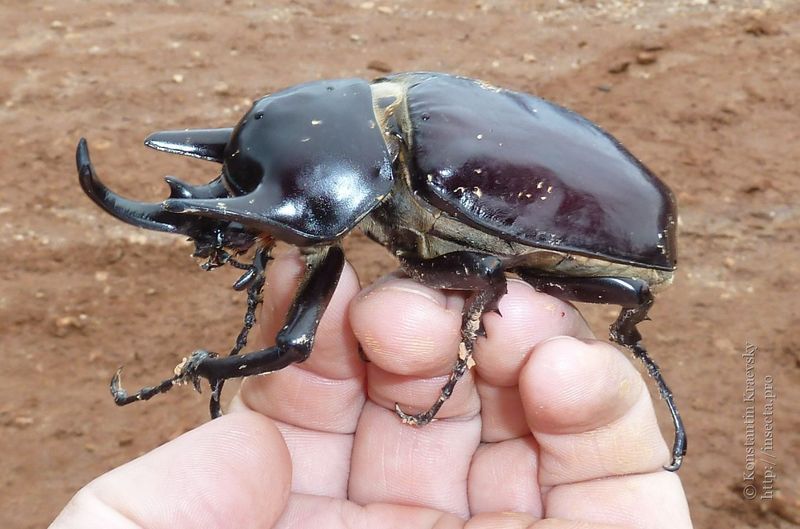
Megasoma Actaeon, also known as the Actaeon Beetle, is a formidable insect inhabiting the jungles of South America. This beetle can reach lengths of up to 13 centimeters, with a horned, rhinoceros-like appearance.
Their robust bodies are well-adapted to life on the forest floor, where they feed on decaying wood and plant matter. Male Actaeon Beetles often engage in fierce battles using their horns to win the favor of females.
Despite their impressive size and appearance, these beetles are gentle giants, playing a crucial role in their ecosystem by aiding in decomposition.
Observers of these beetles are often struck by their majestic presence and the important ecological functions they perform.
9. Macrodontia Cervicornis
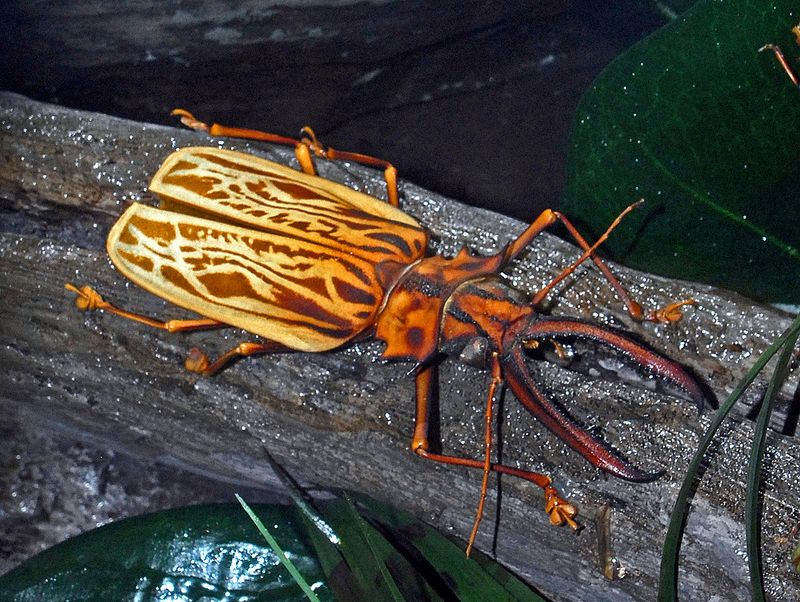
Macrodontia cervicornis, also known as the Longhorn Beetle, is distinguished by its lengthy body and mandibles. Found in the Amazon rainforest, these beetles can grow up to 17 centimeters, making them one of the longest beetles.
Their antennae are exceptionally long, aiding in navigation through their dense forest habitat. They primarily feed on wood, playing a significant role in decomposing dead trees and recycling nutrients back into the soil.
Despite their fearsome look, these beetles are not harmful to humans. Their presence is a testament to the biodiversity of the rainforest and the complex interconnections within ecosystems.
Seeing a Macrodontia cervicornis in the wild is a rare and memorable experience, highlighting the wonders of nature.
10. Queen Alexandra’s Birdwing
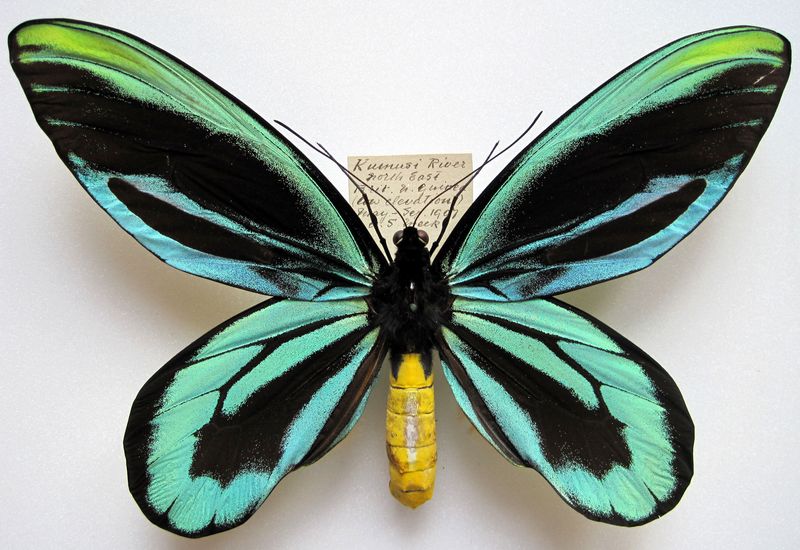
Queen Alexandra’s Birdwing, the largest butterfly in the world, graces the rainforests of Papua New Guinea with its breathtaking beauty. Its wingspan can exceed 25 centimeters, capturing the attention of all who see it.
These delicate giants are known for their vibrant colors and smooth, graceful flight. They primarily feed on nectar from a variety of flowers, contributing to the pollination of the rainforest flora.
Unfortunately, these butterflies are endangered due to habitat loss and illegal collection. Efforts are underway to protect and conserve their natural habitat, ensuring future generations can witness the magnificence of Queen Alexandra’s Birdwing.
Observing this butterfly in the wild is a rare and delightful experience for nature lovers.

